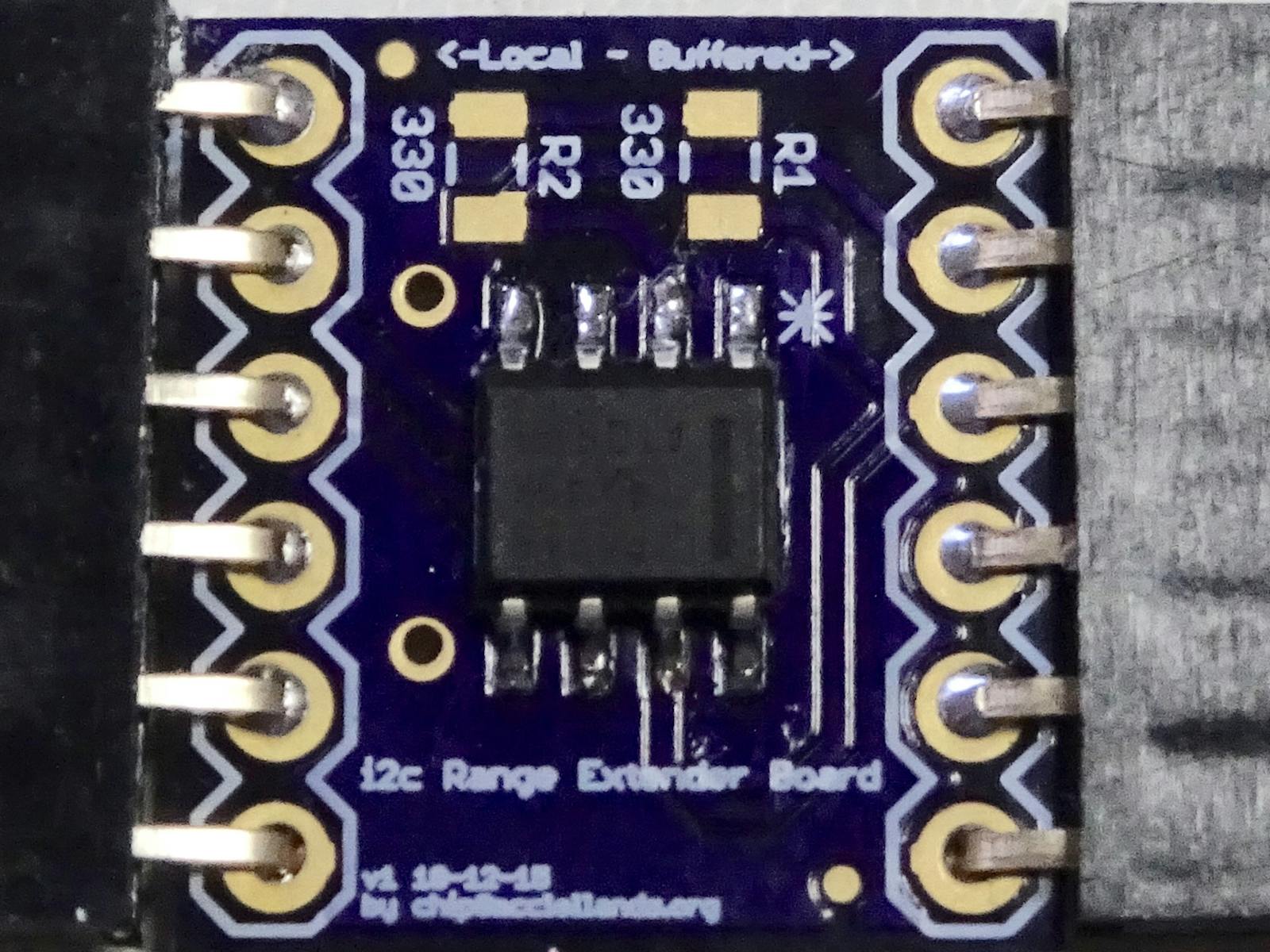imranahmed
Advanced Member level 3

- Joined
- Dec 4, 2011
- Messages
- 822
- Helped
- 3
- Reputation
- 6
- Reaction score
- 3
- Trophy points
- 1,298
- Location
- Karachi,Pakistan
- Activity points
- 6,526
Please let know that I make a circuit of I2C using Six Arduino Nanos are as slaves and NodeMCU as a master.
Picture attached I wired up all as picture and +5V and GND all are common for NodeMCU and Nanos.
And make a Android App for for sending commands.
Problem is that only Nano 1,2 and 3 are working well but 4th,5th and 6th Nanos are not working properly they behave as they are restarting thier L Led is blink
when sending command, while 1st, 2nd and 3rd Nanos are working well.
Picture attached I wired up all as picture and +5V and GND all are common for NodeMCU and Nanos.
And make a Android App for for sending commands.
Problem is that only Nano 1,2 and 3 are working well but 4th,5th and 6th Nanos are not working properly they behave as they are restarting thier L Led is blink
when sending command, while 1st, 2nd and 3rd Nanos are working well.
Attachments
Last edited:












